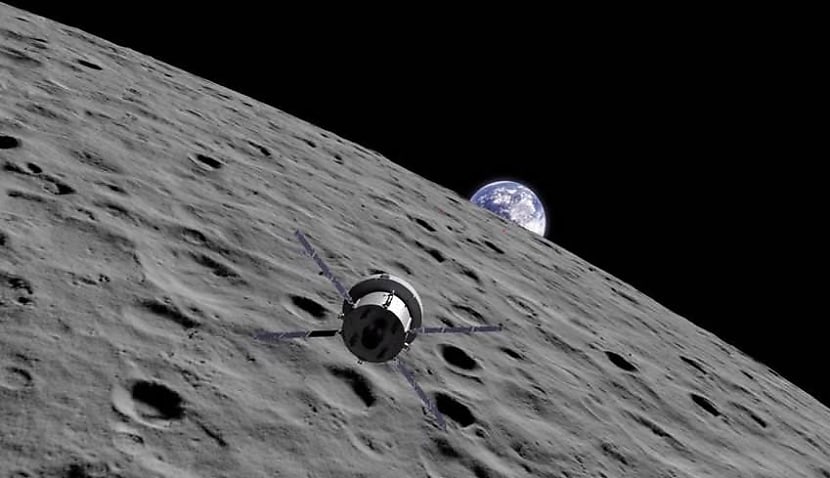
According to the company, the assembly area is fitted with the equipment needed to build the upper stage — the cornerstone of the Space Launch System Block 1B configuration for Artemis IV.
So what is the Exploration Upper Stage (EUS)?
NASA explains that the EUS provides in-space propulsion, enabling cargo to reach its required destination
“Once in orbit, the upper stage provides the in-space propulsion to set the spacecraft on a precise trajectory,” the administration explained.
“While the rocket’s core stage design will remain the same for each of the Artemis missions, the rocket’s upper stage is selected to meet various mission requirements and goals.”
Replacing the Interim Cryogenic Propulsion system, the EUS is designed to provide 97,000 pounds of thrust to guide its cargo to both the moon and beyond.
During the unveiling of the new production area, Boeing announced a $1 million investment to support STEM education.
The support to STEM NOLA is expected to support the construction of the STEM Innovation Hub, making science, technology, engineering, and mathematics accessible to under-resourced local communities.
“Boeing invests in STEM education because it is the rocket fuel that will propel the aerospace industry forward — including our future space programs,” Ted Colbert, chief executive officer of Boeing Defense, Space and Security, said.
“These bright, young minds will one day take us to new deep space destinations, including Mars and beyond. And with the help of non-profit partners like STEM NOLA, I know we’re setting the future generation of aerospace leaders on the path to long-term success.”
Production efficiencies of the equipment is continuing to increase as construction continues.
“Operations at MAF are going extremely well — and have been for some time. We learned a lot about how to assemble the vehicle across Core Stage 1 production, and we are implementing those lessons across Core Stage 2 and beyond” John Shannon, Mission Area vice-president for Boeing Exploration Systems, said.
Receive the latest developments and updates on Australia’s space industry direct to your inbox. Subscribe today to Space Connect here.









